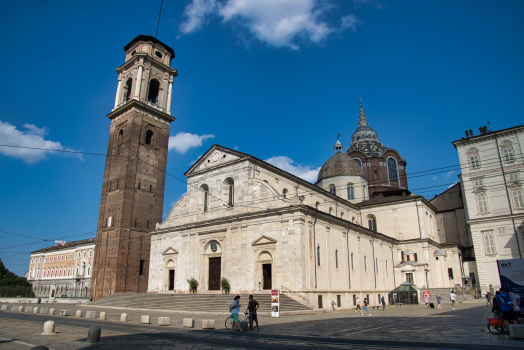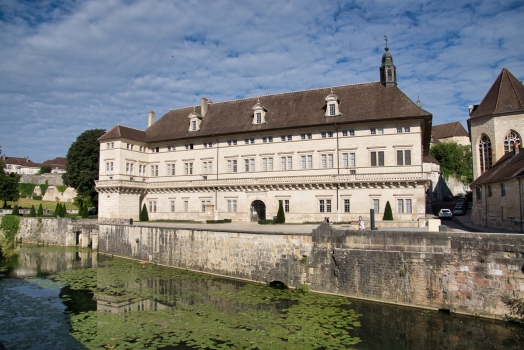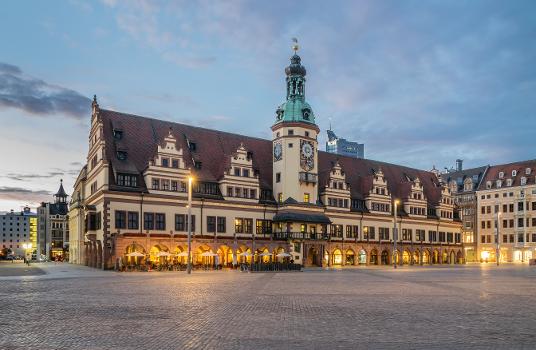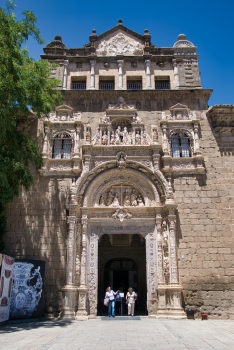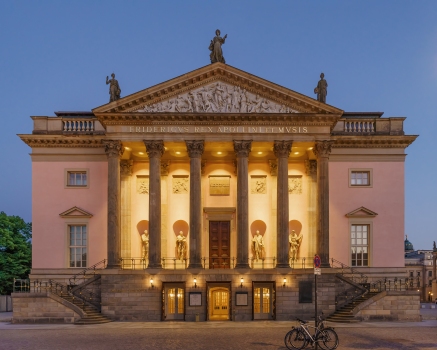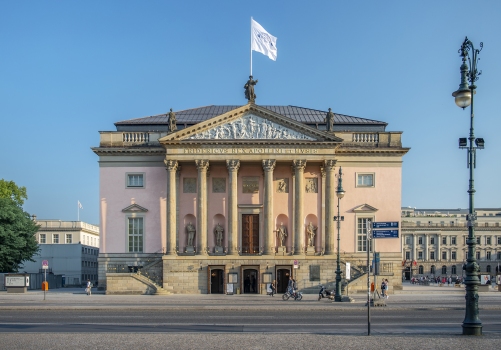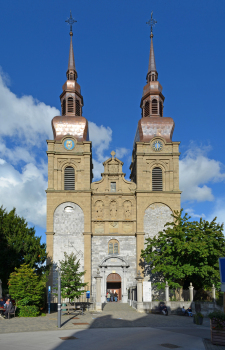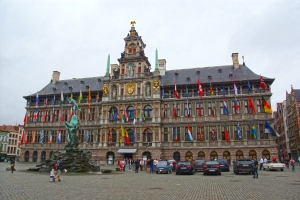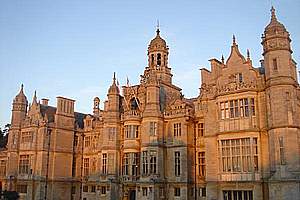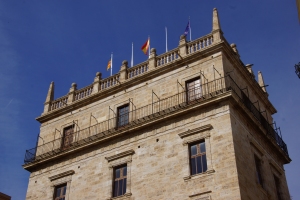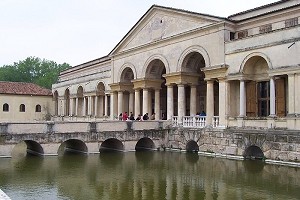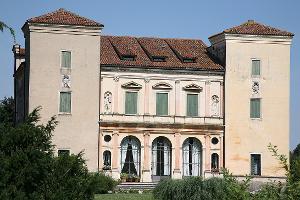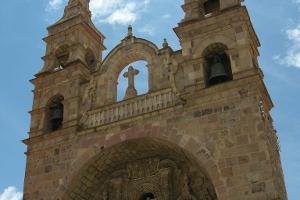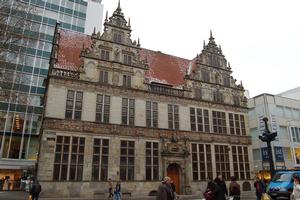Renaissance Architecture
The architecture of the Renaissance is a style of European architecture prevalent from the early 15th to early 17th century with origins in Italy. The style quickly expanded across Europe. The Renaissance style emphasizes symmetry, proportion, geometry, and regularity of elements as they were seen to have been used in the classical architecture especially of the Romans. The preceding medieval and Gothic styles were considered disorderly and were thus supplanted by an architecture of much stricter rules and orders.
Structures in this category
- entry with pictures
- new entry (30 days)
- updated entry (14 days)
| # | Name | Country |
|---|---|---|
| 1 | Almería Cathedral | Spain |
| 2 | Almodí de València | Spain |
| 3 | Ambras Castle | Austria |
| 4 | Ancy-le-Franc Castle | France |
| 5 | Anne de Beaujeu Museum | France |
| 6 | Antwerp City Hall | Belgium |
| 7 | Arras City Hall | France |
| 8 | Assier Castle | France |
| 9 | Azay-le-Rideau Castle | France |
| 10 | Basilica di San Pietro di Castello | Italy |
List of all structures in this category
Media
Subcategories
Literature
- (2018): Alonso de Vandelviras approach to the geometrical design of templates for caissons in crossing trellis vaults. Presented at: 6th International Congress on Construction History (6ICCH 2018), July 9-13, 2018, Brussels, Belgium, pp. 317-324.
- (1995): Architecture de la renaissance italienne de Brunelleschi à Michel-Ange. Flammarion, Musée des Monuments Français, Paris (France), pp. 398.
- (1987): La estereotomía como fundamento constructivo del Renacimiento español. In: Informes de la Construcción, v. 39, n. 389 (June 1987), pp. 73-86.
- (1989): From Gothic to Renaissance Stereotomy: The Design Methods of Philibert de l'Orme and Alonso de Vandelvira. In: Technology and Culture, v. 30, n. 2 (April 1989), pp. 266-299.
- (1995): Les ingénieurs de la renaissance de Brunelleschi à Leonard de Vinci. Giunti, Florence (Italy).

